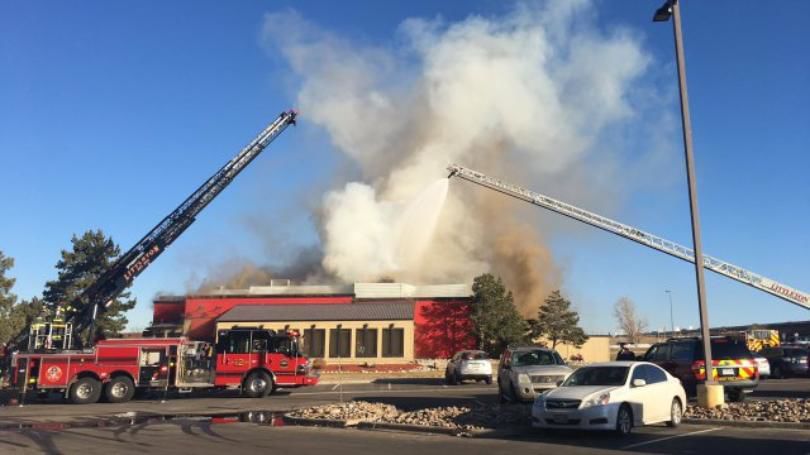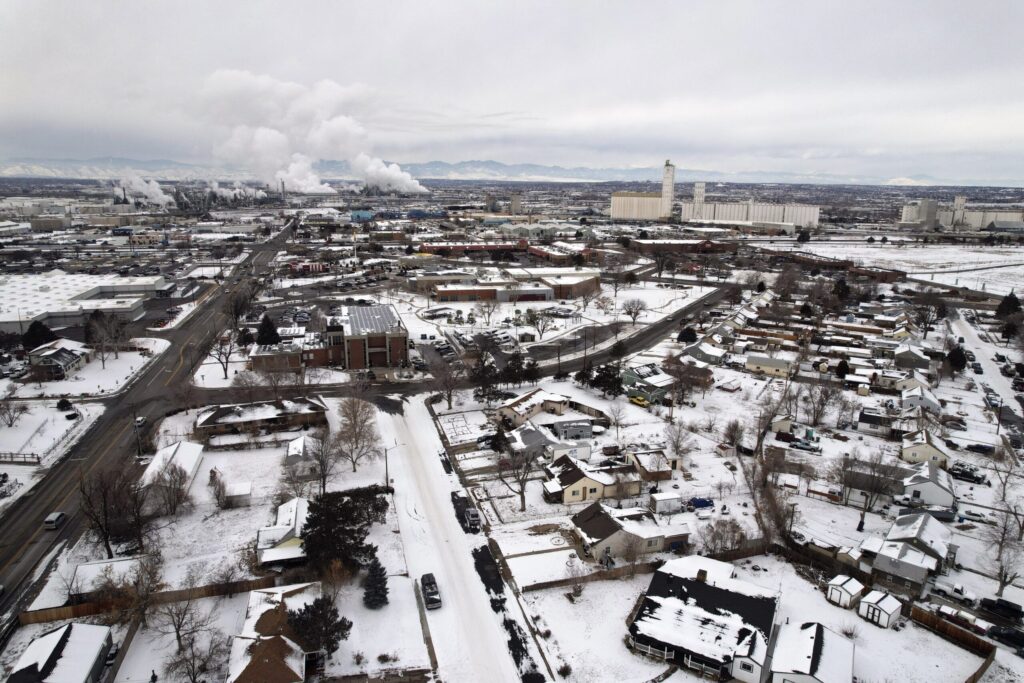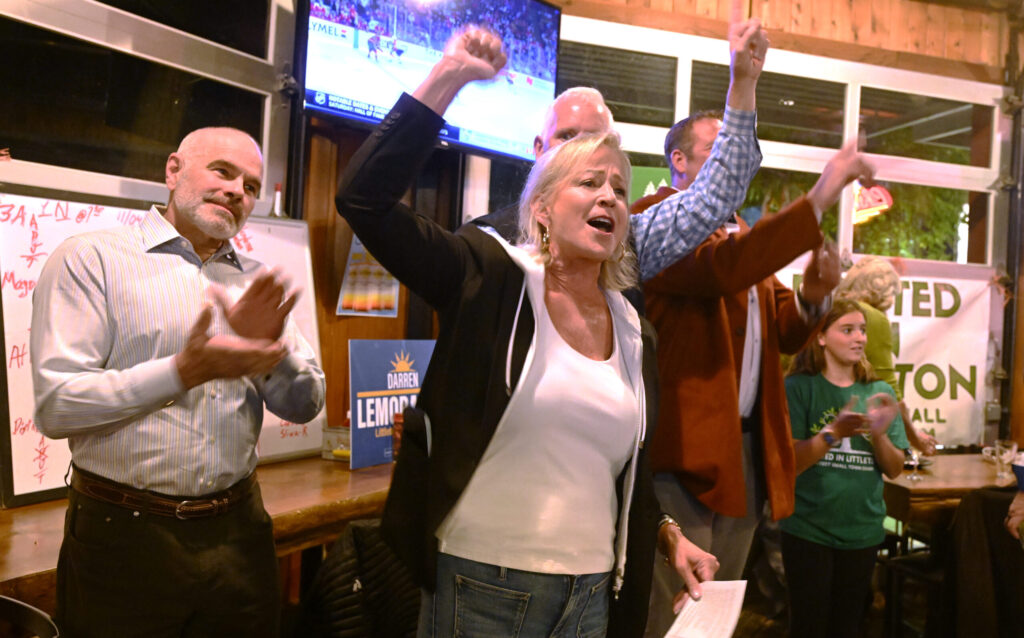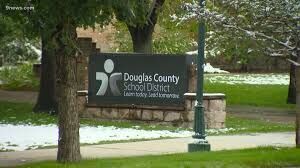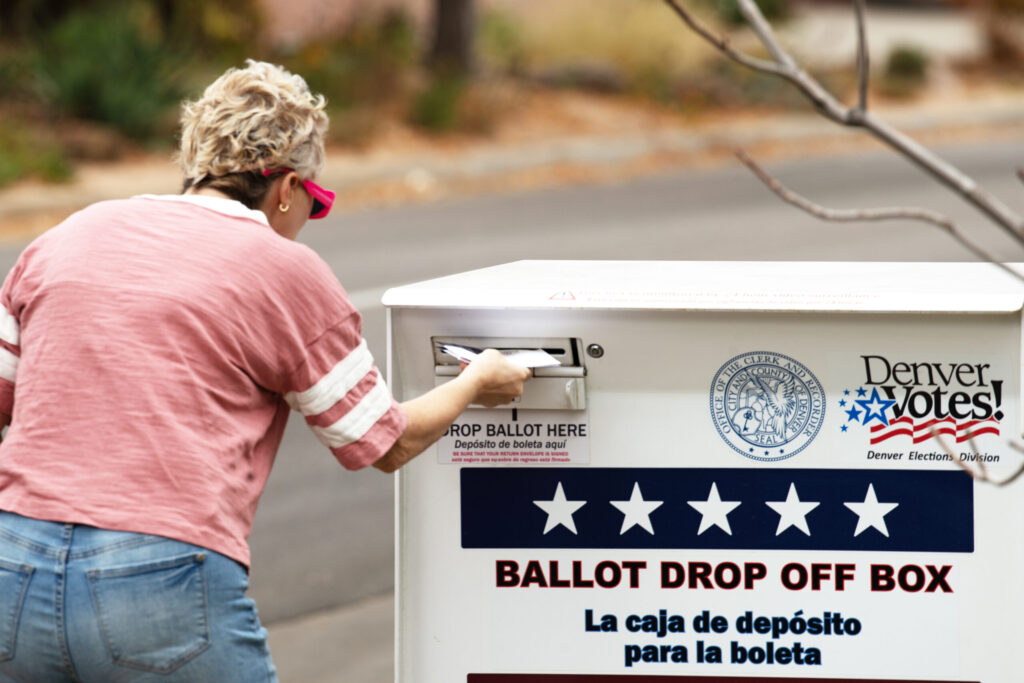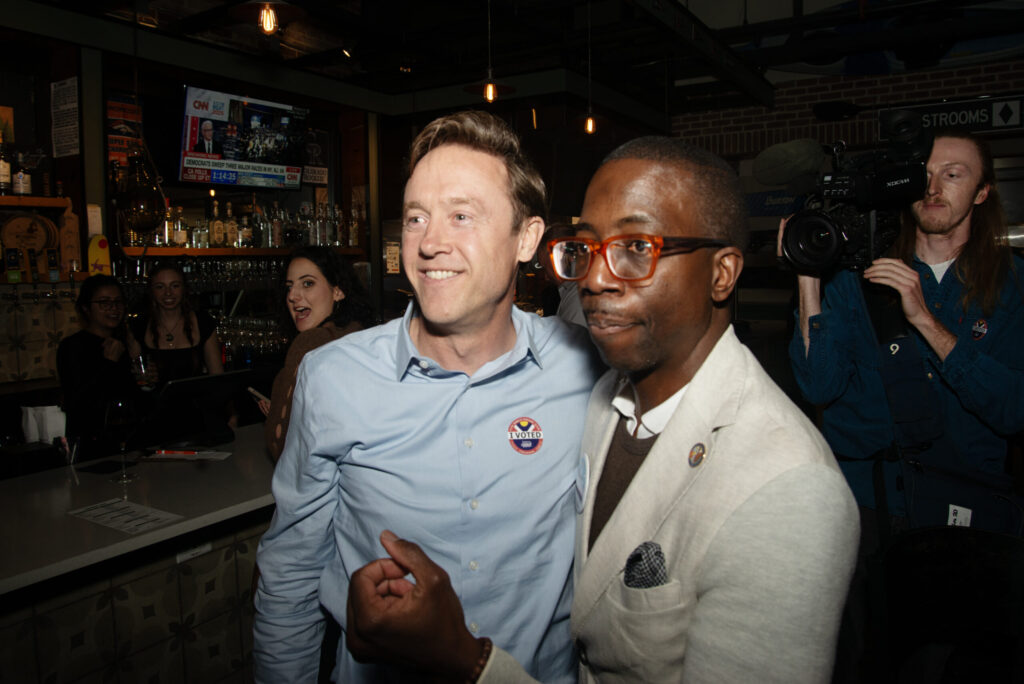Citing ‘skills gap,’ state releases workforce report

Amid record low unemployment of 2.6%, this year’s Colorado Talent Pipeline Report outlines the steps needed to fill the estimated 384,015 jobs that come open in the state annually.
“There are lots of good job openings in Colorado, but many of them require certain skills and qualifications,” said Gov. Jared Polis in a statement. “We need to make sure that people who want better jobs have a realistic way to get the skills they need for advancement.”
In its sixth annual report released on Tuesday, the Colorado Workforce Development Council noted that while 64% of in-demand occupations require more than a high school diploma, “our labor force is not adequately prepared for these top jobs, with just 57% of Coloradans holding a credential beyond high school.”
The state defines “top jobs” as those with 40 or more annual openings, that have a greater than 20% growth rate over 10 years, and pay at least $13.19 per hour. There are 77 occupations that the state classifies under those qualifications, with an additional 108 that have an hourly wage of at least $25.06.
Those occupations include management analysts (1,410 annual openings), laborers and material movers (6,037 annual openings), and chemical engineers (65 annual openings), among many others. The report predicted that healthcare practitioners and technical occupations would see the greatest job growth, at 25% over the next 10 years.
However, Colorado’s booming economy means that there are fewer applicants for those openings. Among people aged 25 to 54, labor force participation rests at 86%, higher than the national average by four percentage points. Even those Coloradans 55 or older have a higher-than-average participation rate in the workforce.
Among all Coloradans, there was no major gap in workforce participation between white, Latino and black residents — although unemployment among black Coloradans was more than twice as high as for whites. The report also identified an aberration with the employment rate of black women, which was lower in Colorado that nationally, and is projected to decline further in the country as a whole.
“Further research is needed to fully understand the causal factors contributing to the decline and demographic disparities in Colorado,” it noted.
There were several recommendations to close the “skills gap,” including a proposal from an interim legislative committee this fall to award college credit for work experience, plus the incorporation of apprenticeships, which currently total nearly 6,900 in Colorado.
Of those apprentices, over 90% are males and two-thirds are white.
The racial gap was also apparent for college degree attainment in Colorado, with the share of black, Latino and American Indians who have college degrees being 21 to 37 percentage points lower than whites who are college graduates. Funding in the 2020 state budget would train college and career counselors in schools using a standard statewide approach, and a grant program has encouraged colleges to lower the costs of textbooks to students by $3.4 million, the state projects.
Colorado Politics Must-Reads:


